TABLE 15-5
What are the factors that determine the acceleration time (in sec.) from 0 to 60 miles per hour of a car? Data on the following variables for 171 different vehicle models were collected:
Accel Time: Acceleration time in sec.
Cargo Vol: Cargo volume in cu. ft.
HP: Horsepower
MPG: Miles per gallon
SUV: 1 if the vehicle model is an SUV with Coupe as the base when SUV and Sedan are both 0
Sedan: 1 if the vehicle model is a sedan with Coupe as the base when SUV and Sedan are both 0
The regression results using acceleration time as the dependent variable and the remaining variables as the independent variables are presented below.
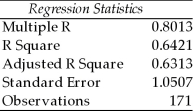 ANOVA
ANOVA

 The various residual plots are as shown below.
The various residual plots are as shown below.
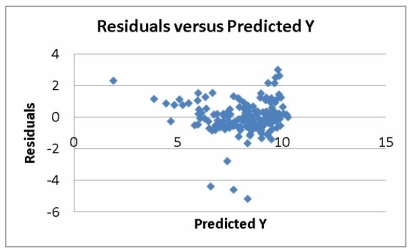
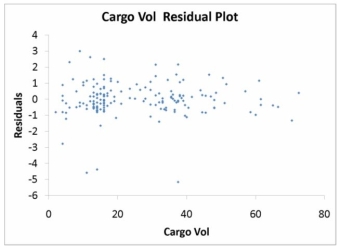
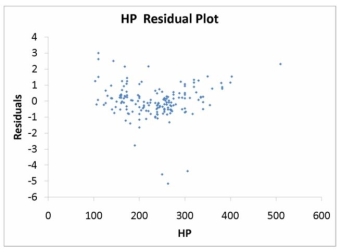
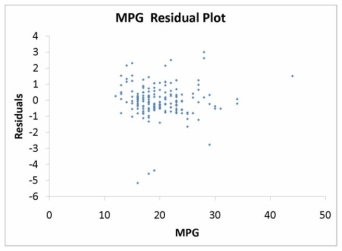
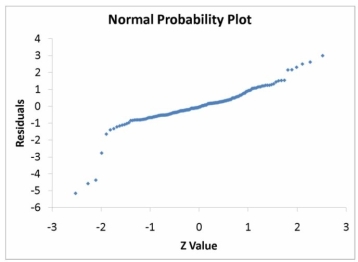 The coefficient of partial determination (
The coefficient of partial determination (  ) of each of the 5 predictors are, respectively, 0.0380, 0.4376, 0.0248, 0.0188, and 0.0312.
) of each of the 5 predictors are, respectively, 0.0380, 0.4376, 0.0248, 0.0188, and 0.0312.
The coefficient of multiple determination for the regression model using each of the 5 variables as the dependent variable and all other X variables as independent variables (  ) are, respectively, 0.7461, 0.5676, 0.6764, 0.8582, 0.6632.
) are, respectively, 0.7461, 0.5676, 0.6764, 0.8582, 0.6632.
-Referring to Table 15-5, the 0 to 60 miles per hour acceleration time of a sedan is predicted to be 0.1252 seconds higher than that of an SUV.
Definitions:
Assets
Resources owned by an individual or entity that have economic value and can be converted into cash.
Consolidation
The process of combining two or more entities into a single entity, often with the goal of improving efficiency or reducing costs.
Assets and Liabilities
The items a company owns (assets) and the debts it owes (liabilities), fundamental components of a company's financial health.
Tender Offer
An offer to purchase made by one company directly to the shareholders of another (target) company; often referred to as a “takeover bid.”
Q6: Signals from the extracellular matrix to the
Q16: Which of the following is FALSE regarding
Q18: Referring to Table 16-5, the best interpretation
Q47: Referring to Table 14-4, which of the
Q65: Referring to Table 14-8, the net regression
Q75: Referring to Table 17-3, suppose the analyst
Q76: Referring to Table 14-10, the regression sum
Q142: Referring to Table 14-7, the estimate of
Q144: Assuming a linear relationship between X and
Q154: Referring to Table 14-3, to test for